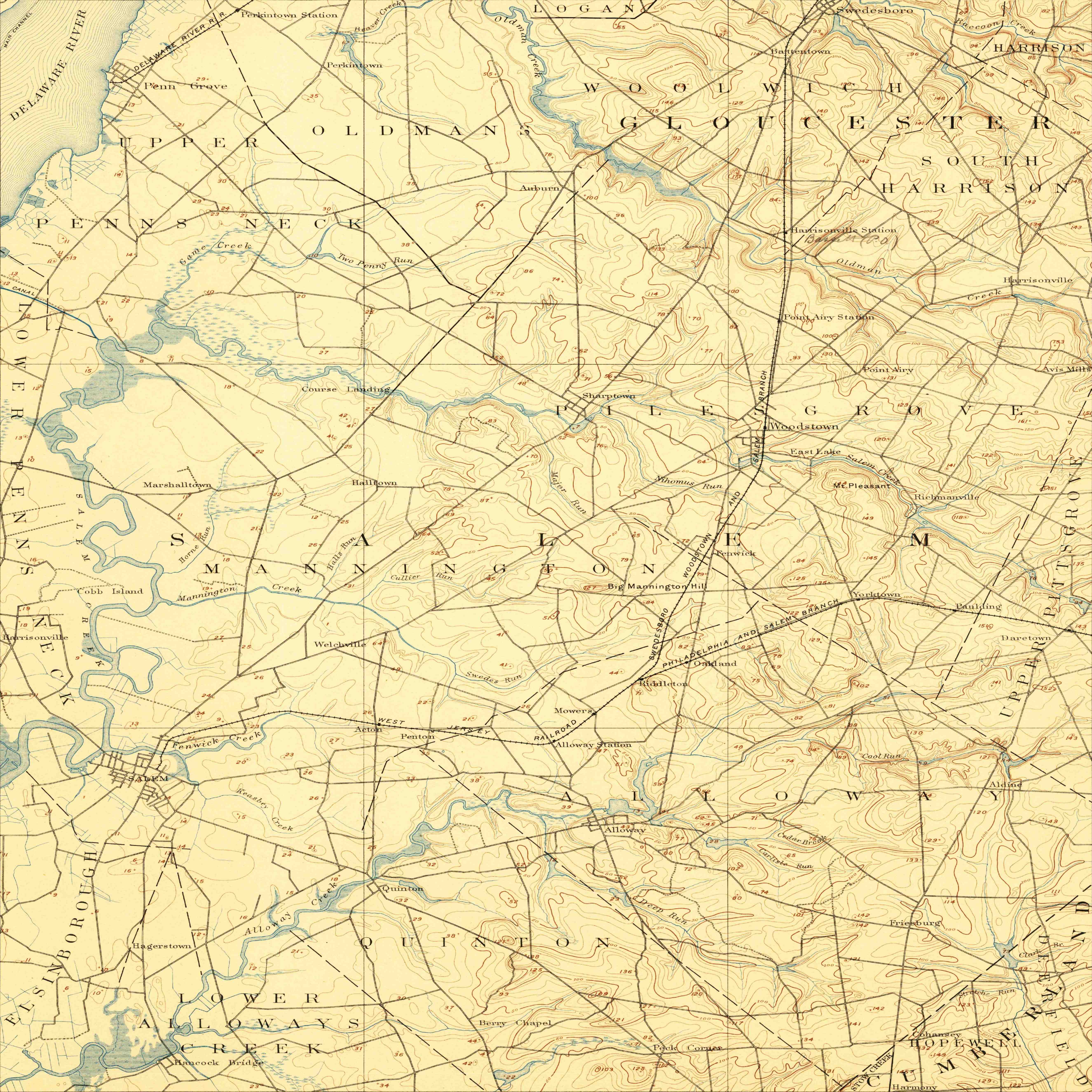Here a Little, and There a Little; Essays, Sketches and Detached Thoughts
https://books.google.com/books?id=Vew_AAAAYAAJ&num=11
Sister, mother, wife or maid,
Hast thou e’er the value weigh’d
Of the decorative care
Spent to make thy person fair?Here a Little, and There a Little: “Is it I?” Page 175, Stanza 1, lines 1-4.
Biography
Anne Walter Maylin was born in London on the 19th of September, 1806, as the oldest child and only daughter of her family. 1817 is when she came to Woodbury, New Jersey. At some point in her adulthood, Maylin moved to Salem, teaching there for twenty years. She was also involved with the community, contributing to The Society for the Prevention of Cruelty to Animals, teaching adult classes at Methodist Sunday School, and serving as the Secretary to the first Benevolent Society in Salem for forty years. The mention of her literary career is nearly absent from literary history; The Lays of Many Hours and Here a Little, and There a Little are her only major publications, with some alleged magazine publications under pseudonyms that are unaccounted for. The only work mentioned in the periodicals of the time was The Lays of Many Hours, and that was only once. She died the nineteenth of October, 1889, of an opium overdose, which she was taking for an unspecified illness, at the age of eighty-three. She had no husband or children.
Maylin’s Views
A Stark Anti-Romantic
“Happily, too, the associations which…almost inseparably linked natural objects with mythological fictions are rapidly fading from that of the present… poets do not now people every walkway with dryads…or invoke the muses in every ramble” (Maylin, “The Intellectual and Religious Enjoyment of Nature,” 77).
“When we are just entering on life… we are disposed, and can afford, to talk poetically of ‘The Pleasures of Melancholy.’ A species of mournfully romantic musing is rather soothing and congenial indulgence” (Maylin, “Our Buried Griefs,” 30).
Art for Truth’s Sake
Maylin’s didactic and religious poetry demonstrates that she believed art was supposed to delight and instruct.
Animal Rights
“Justice and Humanity to The Brute Creation” is an essay about treating animals well. She was also a member of The Society for the Prevention of Cruelty to Animals.
Abolitionist
Maylin expresses her hatred for slavery in the essay “Recollections from a Real Childhood” and reads the books of other abolitionists such as William Wilberforce, as seen in “A Shelf on My Bookcase.”
Genre
In most ways, Maylin’s work defies categorization. She did not subscribe to the Gothic, the Romantic, the Transcendental, or the Realistic movements in literature. Instead her works can only be categorized as Didactic and Religious poetry and essays, with a select few personal essays. She also has a series of “detached thoughts” just before her poems start, which reads like an opinions column in a newspaper. She runs counter to the grain of the Art for Art’s sake pushed for by Edgar Allan Poe and other 19th-century authors.
Techniques
Allusions: “We must not be like Shenstone, in his beloved Leasowes, who was angry because his neighbors did not appreciate…the retired grottoes…which his hand had fondly cultivated, and through which, to him, it was such happiness to roam. Rather will we be content and grateful that there are pleasures… we are rendered independent of their admiration” (Maylin, “The Value of Cultivated Intellectual Taste,” 12).
Metaphors: “Genius is indeed a magician, but a magician that in most cases must work hard with its enchantments to accomplish its projects” (Maylin, “Thoughts on Genius,” 24).
Uplifting Tone: “Out of that very weakness/Thy inward strength shall rise; And thy dear Lord doth need thee,/ Though feeble be thy frame” (Maylin, “In His Name,” 180, 19-22).
Why Read Maylin?
Although there are multiple reasons why Maylin may have been overlooked, there is no reason this must remain the case. Often times academic researchers get caught up in the followers and opposition of major movements such as Romanticism and Realism and fail to look at the other writers that existed at the time who did not subscribe to either extreme. What I propose in studying forgotten authors like Maylin is more attention to moderation and the everyday voice; I find Maylin remarkable in that she is unremarkable. She volunteered in ordinary organizations, worked an ordinary job, and wrote the ordinary thoughts and feelings that anybody might have, and she did it well. A work does not have to push an extreme agenda to be interesting, nor does it have to fall into a rigid category. Art can be art for being a small part of history, by being relatable for future generations, or by simply being enjoyable to read.
Maylin, Anne Walter. Here a Little and There a Little, Essays, Sketches and Detached Thoughts. Google Play, Google, https://play.google.com/books /reader?id=Vew_ AAAAYAAJ&pg=GBS.PA175.
“New Jersey Deaths and Burials, 1720-1988”; Database. FamilySearch. http://FamilySearch.org :14 June 2016. Index based upon data collected by the Genealogical Society of Utah, Salt Lake City.
Poe, Edgar Allen. “The Poetic Principle.” Edgar Allan Poe Society of Baltimore – Works – Essays – The Poetic Principle (Reprint), https://www.eapoe.org/works /essays/poetprnb.htm.
